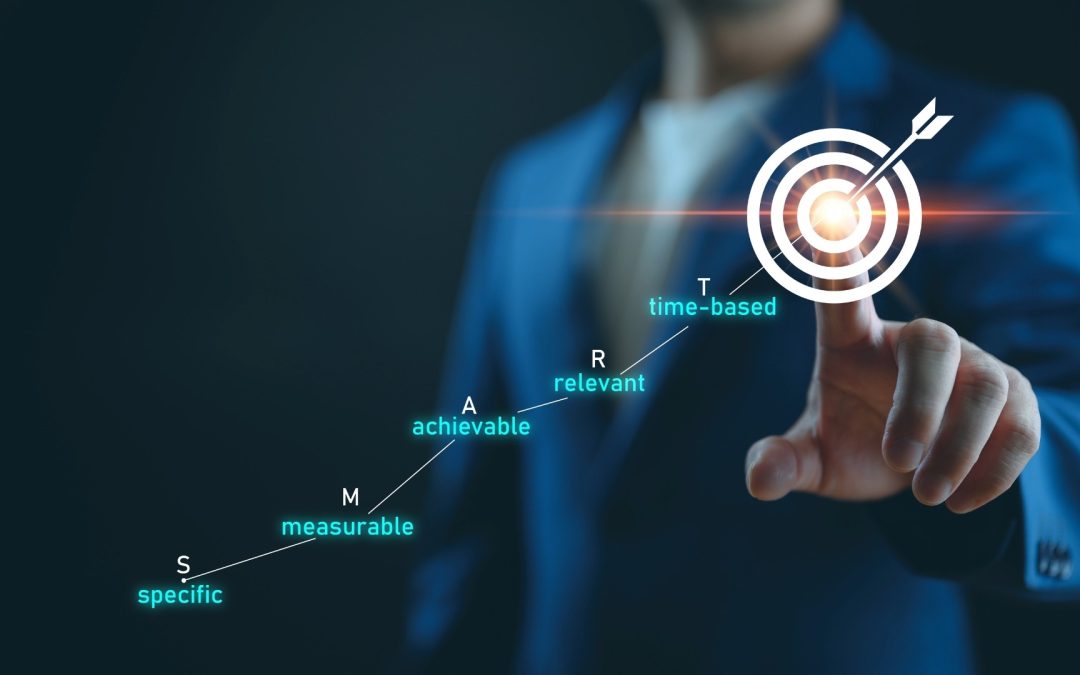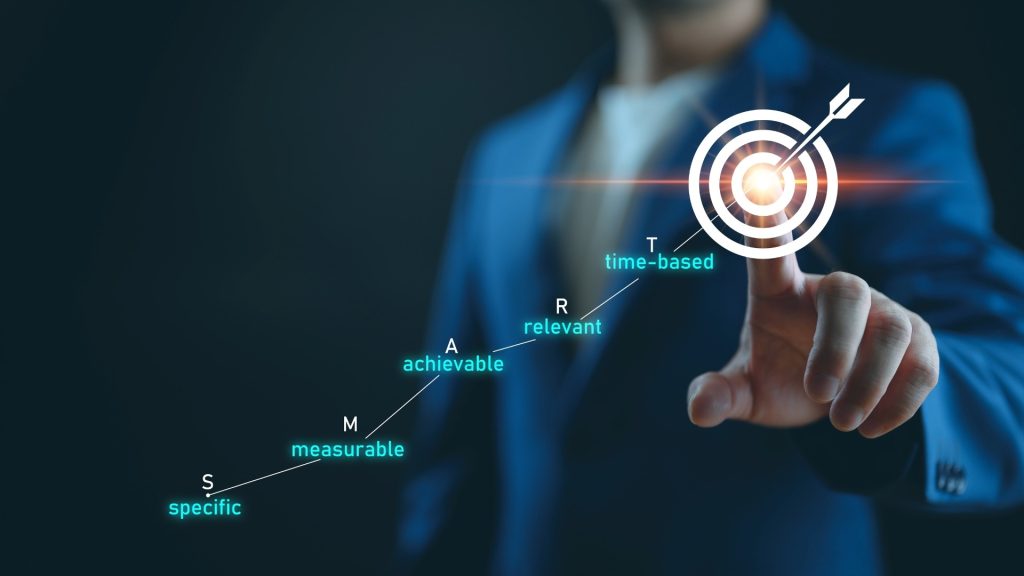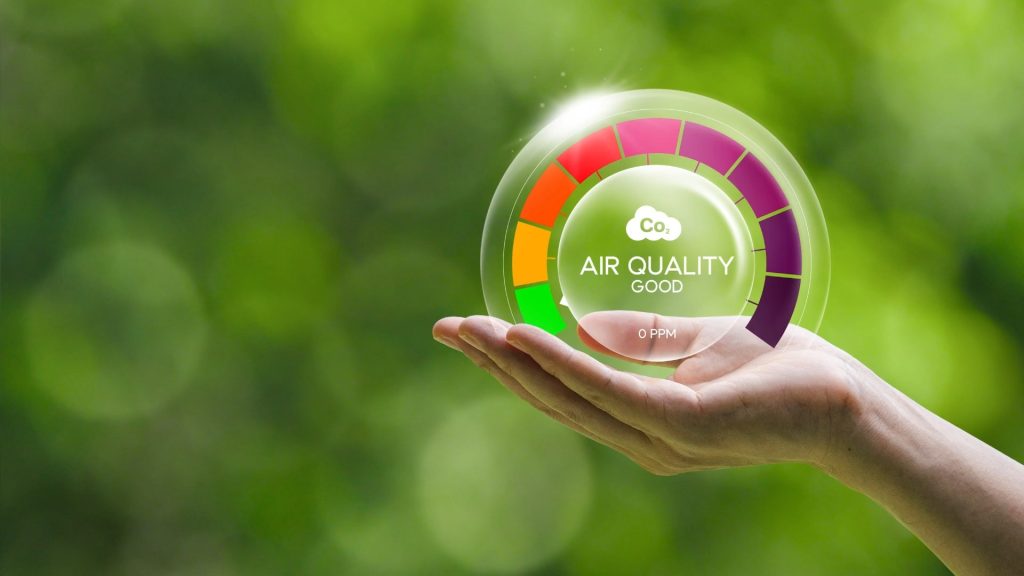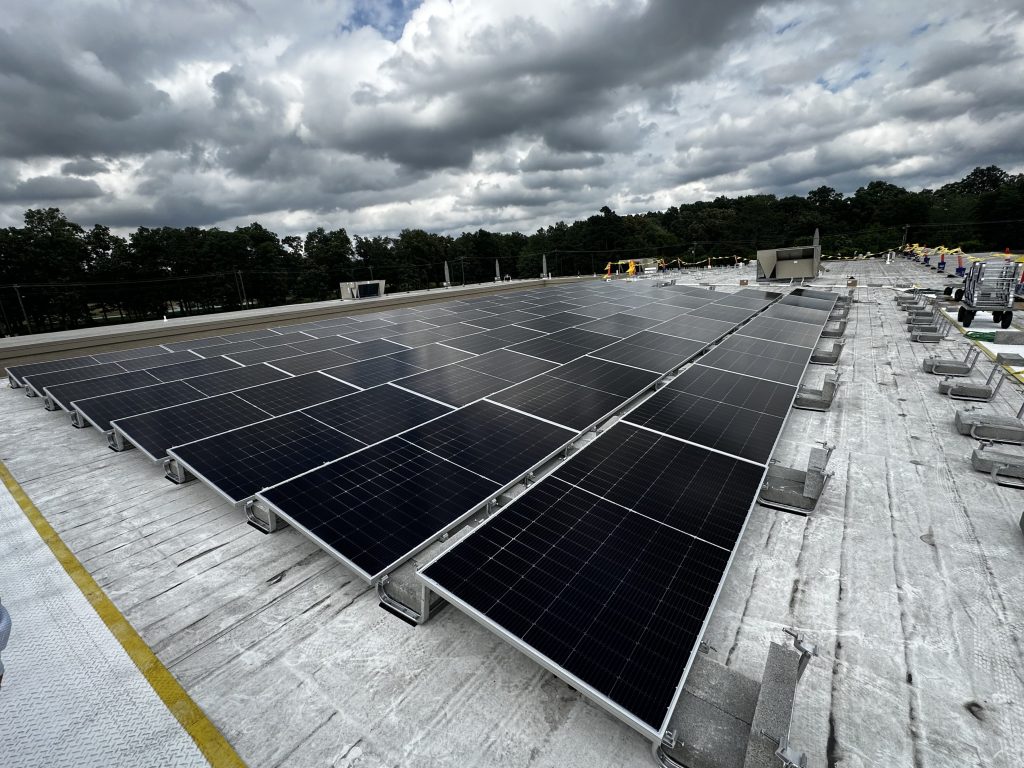Facility managers and engineers have a unique opportunity to set the stage for operational excellence. For Guaranteed Energy Savings Companies (GESCs), the key lies in crafting actionable, measurable objectives that align with energy efficiency, cost savings, and long-term sustainability. By adopting the SMART goal framework—Specific, Measurable, Achievable, Relevant, and Time-Bound—you can drive meaningful improvements that resonate with both organizational priorities and engineering best practices. Here’s how you can structure your facility’s SMART goals this year, with a focus on GESC strategies.
Specific: Focus on Targeted Improvements
Vague goals can lead to scattered efforts and missed opportunities. Instead, aim for specificity by defining exactly what you hope to achieve. For example:
- Upgrade HVAC Systems to Reduce Energy Usage: Instead of saying, “Improve energy efficiency,” set a goal like, “Replace outdated HVAC systems in two buildings with energy-efficient models by Quarter 3 (Q3) to achieve a 20% reduction in energy consumption.”
- Implement a Comprehensive Lighting Retrofit: Specify, “Convert 100% of facility lighting to LED by the end of the year, prioritizing high-traffic areas by Q2.”
These targeted goals allow teams to focus on actionable tasks while aligning with the broader mission of energy savings and sustainability.
Measurable: Quantify Success
Measurement is essential to track progress and evaluate outcomes. Engineering-focused goals should incorporate quantifiable metrics that reflect improvements in performance and efficiency. Examples include:
- Track and Reduce Water Usage: Set a measurable target such as, “Reduce facility water consumption by 15% over the next 12 months by installing low-flow fixtures and monitoring usage patterns weekly.”
- Increase Renewable Energy Utilization: Aim for a goal like, “Install a 50-kW (kilowatt) solar array on the main facility roof, producing 10% of the facility’s annual energy needs by year-end.”
According to a study by the Environmental Protection Agency (EPA), facilities that implement measurable energy goals see an average of 20% reduction in energy costs within five years (EPA Study).
By establishing concrete metrics, you’ll not only make progress visible but also build a compelling case for stakeholders and leadership to support ongoing investments.
Achievable: Ensure Feasibility
Ambitious goals are inspiring, but they must also be realistic given your facility’s resources and constraints. Evaluate feasibility by considering budget, available technology, and team capacity. Examples of achievable goals include:
- Optimize Building Automation Systems (BAS): “Conduct a BAS audit in Q1 and implement programming changes to reduce energy waste by 10% by Q4.”
- Enhance Preventive Maintenance Schedules: “Develop a predictive maintenance schedule for critical systems by mid-year, reducing unplanned downtime by 25%.”
The Department of Energy (DOE) estimates that optimizing BAS can lead to energy savings of up to 30% in commercial buildings (DOE Report).
Setting achievable goals fosters motivation and maintains momentum as milestones are reached.
Relevant: Align with Strategic Objectives
Your goals should directly support your facility’s overarching mission and the GESC’s focus on energy performance and cost savings. Keep objectives tied to outcomes that benefit both the organization and its stakeholders. Consider these examples:
- Improve Indoor Air Quality (IAQ): With increasing attention on IAQ, set a goal like, “Install MERV-13 filters and monitor CO2 levels in all classrooms by the start of the next academic year.” This aligns with both occupant health and energy optimization.
- Achieve Certification Goals: Work toward external recognition by setting a goal such as, “Earn ENERGY STAR certification for the main facility by conducting an energy audit and meeting score thresholds by December.”
A survey by ENERGY STAR revealed that certified buildings use 35% less energy and have 50% lower greenhouse gas emissions (ENERGY STAR Data).
Relevance ensures that every action taken contributes to broader organizational values and needs.
Time-Bound: Create Deadlines
Without a clear timeline, even well-defined goals can lose momentum. Establishing deadlines creates accountability and urgency. For instance:
- Commission Energy Monitoring Systems: “Install and calibrate sub-meters across all major energy systems by the end of Q2 to enable real-time performance tracking.”
- Conduct Staff Training on Energy Best Practices: “Deliver a four-part training series to facility staff by October, covering energy conservation techniques and efficient equipment operation.”
Time-bound goals provide structure, ensuring tasks are completed within a defined period and allowing for periodic evaluations.
Applying SMART Goals to GESC Projects
The SMART framework becomes even more powerful when integrated into GESC initiatives. For example, during a guaranteed energy savings project, your goals might include:
- Benchmarking Energy Usage: “Complete baseline energy audits for all facilities by March to identify areas for a 25% reduction in energy use over three years.”
- Seamless Implementation: “Transition all systems to the upgraded energy management platform by Q3 without exceeding the approved budget.”
- Long-Term Monitoring: “Establish a monthly reporting protocol to track energy performance savings and ensure contract compliance through 2026.”
A McKinsey report highlights that facilities with clear, time-bound energy goals achieve ROI up to 25% faster than those with undefined objectives (McKinsey Report).
Each of these goals is tied to the SMART framework, ensuring clarity, measurability, and relevance to the project’s success.
Build Momentum for a Sustainable Future
By setting SMART goals for your facility, you create a roadmap for actionable, impactful change. These goals empower your engineering team to tackle challenges methodically, ensuring that energy efficiency, sustainability, and operational excellence remain at the forefront. For GESC projects, the SMART framework provides the foundation to exceed client expectations, deliver measurable results, and build a reputation for engineering innovation. Let this year be the one where your facility’s goals drive not just improvements but transformative success.




